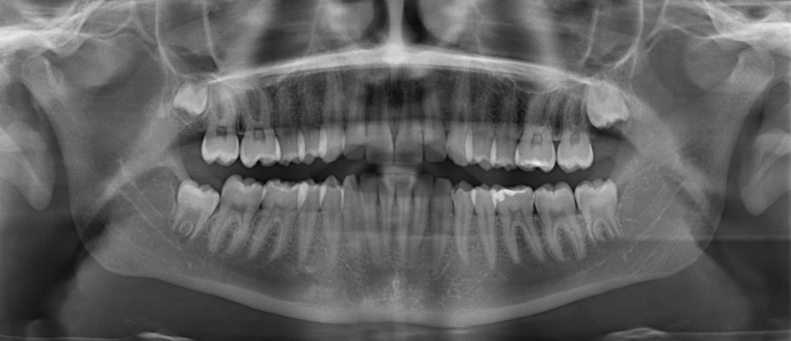Removal of Wisdom Teeth

Often, neither the upper nor lower jaw has enough space to accommodate wisdom teeth. The wisdom teeth are either completely or partially obstructed, or may come out at a strange angle or in the wrong place. This is known as being “impacted.”
The impacted wisdom tooth and the surrounding gums cannot be cleaned properly using a toothbrush and become susceptible to decay.
The result can be recurring inflammation (even abscesses), cavities, or possible bacterial contamination, which is especially problematic in patients with heart valve defects, rheumatic diseases, and periodontitis.
Furthermore, cysts can develop from the tissue around the impacted wisdom tooth. Wisdom teeth can also be the source of intense pain radiating to the face.
We can usually establish the position of your wisdom teeth through a clinical examination and a panoramic dental X-ray. However, if the anatomy of your mouth makes this difficult, a three-dimensional image (CBCT) is recommended so that important structures (nerve, adjacent teeth, maxillary sinus) can be located and protected during surgery.
To remove your wisdom tooth, an incision is made in the gum and the bone covering the tooth is exposed and, depending on the space required, drilled away. The tooth is then extracted from its socket using pliers or levers. Next, you have stitches to close the wound.
The operation can be performed under local anesthetic, and twilight sedation can be provided, too, if desired.